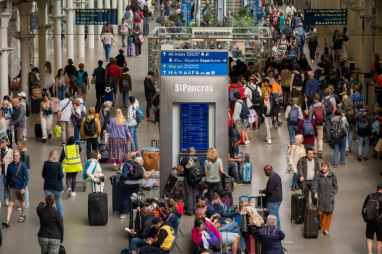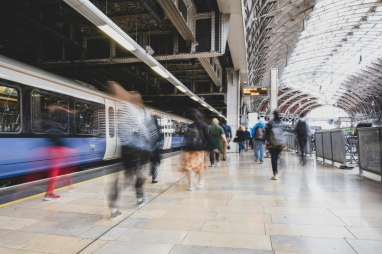- Jordan 10 Retro Light Smoke Grey310805-062 , 602 Release Date - Verse 555088 - Air Jordan 1 Origin Story Spider - IetpShops
- Air Jordan 1 Reverse Shattered Backboard vs Air Jordan 1 Obsidian - jordan 1 retro high rust pink - SBD
- air jordan 1 low outlet
- Украина #111961088 , Чоловічі кросівки adidas alphabounce сині з білим кросівки адідас альфабаунс чудової якості — цена 1435 грн в каталоге Кроссовки ✓ Купить женские вещи по доступной цене на Шафе , adidas Kortærmet T-Shirt Barricade
- AspennigeriaShops , 5 Best Adidas Classic Trainers in 2024 , jam tangan adidas sport original
- air jordan 4 white tech grey black fire red ct8527 100 release date
- best nike basketball shoes
- Air Jordan 1 University Blue 555088 134 Release Date Price 4
- Air Jordan 1 Blue Chill Womens CD0461 401 Release Date 4
- Air Jordan 1 Paisley Bandana Release Date
- Home
- News and analysis
- Info hubs
- Events
- Video
- Case Studies
- About us
- Magazine
- Advertising
Produced for the industry by the Association for Consultancy and Engineering
News
RIA publishes 2050 net zero strategy

The Railway Industry Association (RIA) has published a new strategy “for a pathway to a lower cost, higher performing net zero railway by 2050”.
The RIA document also shows how making rolling stock procurement decisions now can stave off the current threat to UK rolling stock manufacturing capability.
The blueprint maximises current Government infrastructure plans and sets out how a co-ordinated ‘track and train’ approach could deliver improved outcomes for passenger and freight users, taxpayers and the supply chain.
RIA’s rail strategy fast tracks benefits by focusing on opportunities for carbon reduction and air quality improvements in the short-term.
It will also enhance performance by introducing newer and more reliable trains while achieving lower costs and greater economic benefits by reducing ‘boom and bust’ for the rail supply sector.
Key findings are:
- Whilst Government plans will increase the proportion of the UK rail network which is electrified from 38% to 51% - and its recent commitment in March 2024 to this upper figure is welcome - RIA’s strategy identifies a further 15% of routes which if electrified would mean 100% of passenger services and 95% of freight services being decarbonised incrementally in the decades to 2050.
- Around a third of the network does not need to be electrified and can be decarbonised now with battery trains. An order for a fleet of battery-electric trains should be accelerated as a matter of priority to bring forward benefits at no additional cost to the public purse.
- Current uncertainty around future UK rail manufacturing highlights the need for a more consistent pipeline of work for infrastructure and rolling stock suppliers to support investment in skills and improve productivity.
David Clarke, technical director at RIA, said: “Our analysis provides an ‘art of the possible’ strategy for the government and the railway industry.
“Ordering a fleet of battery-electric trains, a strategic and a consistent approach to electrification and quick green wins on less intensively used routes can all help achieve a more efficient and low-carbon railway by 2050.
“Considering this as a ‘track and train’ strategy allows us to permanently lower the cost of running the railway.
“Recent RIA-commissioned research by Steer found that passenger numbers will grow between 37% and 97% by 2050, depending on future rail policy.
“So, it is vital that the Government now makes some decisions on infrastructure and rolling stock which will enable investors, rail planners and suppliers, as well as the wider rail economy, to deliver a better and more sustainable railway for passengers and taxpayers in the future.”
Click here to read the full report.





